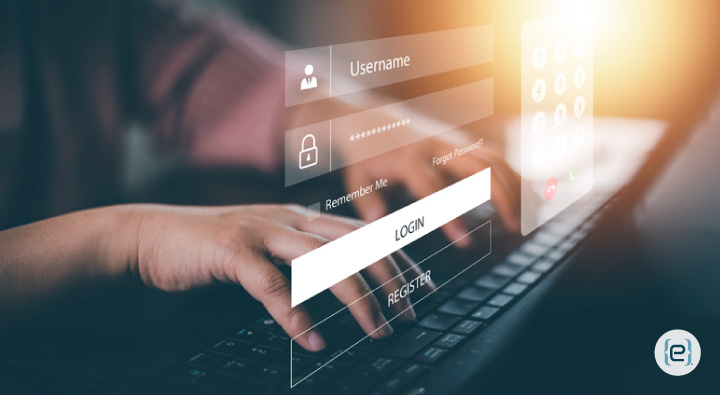WordPress is used by 43% of all websites globally, but it is not well protected against brute force attacks, and needs a few implementations to be fully protected. Brute force attacks involve numerous scripts that try to use exhaustible username and password possibilities to infiltrate IT systems. If successfully implemented, they will result in weak security, theft of data, and even vandalism of the website. Failed attempts also can create a great load on the servers, and can lead to poor functionality of the website. Fortunately, eMazzanti offers solutions to guard WordPress sites from brute force attacks.
What are Brute Force Attacks?
A brute force attack may be defined as an attempt carried out by hackers who try to decode your website’s username and password, using automated software to enter many passwords, as well as username combinations, until the right one is identified. Brute force attacks are different from the hacks that target such weaknesses of your WordPress site as outdated software, plugins, themes, or PHP versions. For instance, such easy-to-guess passwords as “123456” are commonly recognized, and beginner attackers can penetrate your site through scripts.
Towards the end of 2021 there was a 160% increase in the rate of brute force attacks. If hackers get through to your site, they gain access to the private data, they can install malware, they can reduce the credibility and the ranking of your site, or even delete its content. So, it is very important to safeguard your website from these kinds of attacks. While default WordPress settings are not very secure, you can counter these attacks and secure your site. Here are some approaches to keep your site safe.
Choose a Unique Username
Before WordPress version 3.0, the initial username was “admin,” which gave hackers half the information — assuming username and password is all the information they required to get into a site. Although updates enable users to set their own username during installation, we still see many site owners using the default username “admin.” It is recommended to replace the default username with another, unpredictable one, as it dramatically reduces the probability of a brute-force attack.
We also recommend filling in this field with something other than “admin” because hackers are attacked by such a username. Mixing alphabetical symbols with numerals or using a word is usually more secure. Also, do not use a website name or an email address as the username, because these are typically simple to guess.
Customize Your Login URL
WordPress website login URLs such as “wp-login.php” are recognized by everyone, contributing to brute force attacks. Obtaining the URL for this page and changing it offers an added measure of protection.
Masking your login URL also reduces the chances of a bot getting to your login page. Make sure that the new URL is difficult to guess but easy to remember for you.
Implement Two-Factor Authentication (2FA)
Two-factor authentication (2FA or MFA) is another protection, consisting of an SMS code or a clickable popup in your phone. This takes security to a whole new level because it is a combination of a password and a token with a limited life.

Login Captchas
Incorporating captchas on the login page — can reduce the ways that automated tools can log in. This step is particularly helpful for sites where users need to register to gain access, since a captcha helps to effectively minimize the frequency of automated login attempts. Make sure the captcha is not complicated and does not lock out real visitors from your site.
Limit Login Attempts
Among vulnerabilities, there is one that enables attackers to log into WordPress by running combinations an infinite number of times. You can protect against this by limiting the number of attempts allowable, through functions available in some WordPress plugins.
Configuring these plugins to lock out users after a set number of failed attempts adds another layer of protection.
Restrict IP Access
Some measures use IP address blacklisting against frequent login attempts. Although an attacker can change their IP, using the blacklist, which contains IPs of known malicious workers, makes hacking more time-consuming. This can be done by custom code which should be incorporated into the website.
Using security plugins can also help you identify and block malicious IP addresses. Eliminate ineffective and outdated IP addresses from your block list, and then keep checking for any unexpected activity.
Secure the Admin Directory
Other security methods include using tools like cPanel’s ‘Directory Privacy’ to enable password protection on the admin directory. This method also deters individuals from getting to the login interface and other sensitive admin assets.
Requiring an extra password to the directory for administrators can further discourage attackers.
Final Wrap
Applying these kinds of steps can keep you safe from the brute force attacks that are common with WordPress sites. Security management that is done proactively is beneficial to the website, as it will be quickly handled in case of any emerging threats. Implementing these steps will not only make your website more secure, but will also make your website perform better and become more reliable.
Contact eMazzanti today for expert assistance in addressing these security management protocols and more to prevent brute force attacks. We are happy to assist and support you in keeping your site protected, so you can focus on the essential activities of your site and your company.







